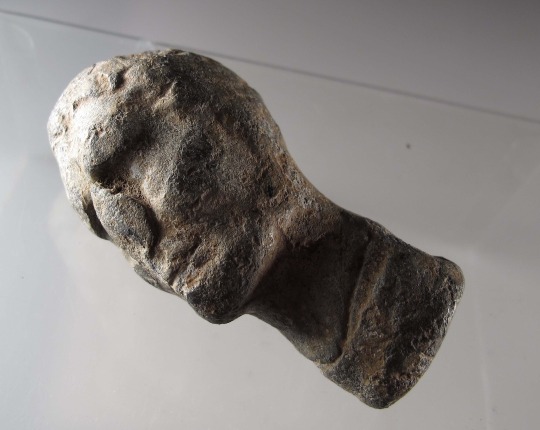#roman artifacts
Text
Thousands of Roman seals unearthed amongst the remains of a long-gone city archive in Turkey reveal the multiple deities and religious tapestry of the Romans.
69 notes
·
View notes
Text

A Trove of 750 Looted Artifacts Returned to Italy
Some 750 looted archaeological treasures have been seized from the notorious British antiquities trader Robin Symes and returned to Italy after a decades-long fight for their return, the Carabinieri art police said on Wednesday.
The artifacts, which according to the Italian cultural ministry are worth more than €12 million ($12.9 million), will go on display in Rome’s Castel Sant’Angelo museum as part of a collection of stolen art that has found its way home.
The objects “offer a cross-section of the many productions of ancient Italy and the islands,” including “numerous and diversified archaeological contexts (funerary, cultural, residential and public) … concentrated in particular in Etruria and Magna Graecia,” according to a statement from the Ministry of Culture.
Among the recovered items from the Roman and Imperial eras is a bronze tripod table from an aristocratic Etruscan family, two parade headgear for horses, two funerary paintings, male busts in marble, various portions of statues and bronzes, and a wall painting with the depiction of a small temple, likely from a Vesuvian residence, according to the ministry statement.


There are also precious gems set in gold, silver, bronze, as well as bone and amber.
Other pieces include weapons, sarcophagi, funerary urns, ritual objects, furnishings in bronze and marble, mosaic and painted decorations.
The artifacts originate from “clandestine excavations on Italian territory” and were illegally obtained by Symes Ltd, the company owned by Symes, a major trafficker of cultural goods, according to the ministry statement.
“The company, which had always opposed the repeated recovery attempts by the Italian Judicial Authority, (and) subject to bankruptcy proceedings in the United Kingdom, was also sued in Italy, through the Attorney General of the State, for the return of the goods or civil compensation for damages,” Italian Attorney General Lorenzo d’Ascia said during the press conference.

There are also precious gems set in gold, silver, bronze, as well as bone and amber.
Other pieces include weapons, sarcophagi, funerary urns, ritual objects, furnishings in bronze and marble, mosaic and painted decorations.
The artifacts originate from “clandestine excavations on Italian territory” and were illegally obtained by Symes Ltd, the company owned by Symes, a major trafficker of cultural goods, according to the ministry statement.
“The company, which had always opposed the repeated recovery attempts by the Italian Judicial Authority, (and) subject to bankruptcy proceedings in the United Kingdom, was also sued in Italy, through the Attorney General of the State, for the return of the goods or civil compensation for damages,” Italian Attorney General Lorenzo d’Ascia said during the press conference.

A further 71 objects, currently in the United States, will be recovered in the next few days, Brigadier General Vincenzo Molinese, commander of the Carabinieri Art Squad, said.
The return of these 750 objects marks another success in Italy’s attempt to recover its stolen treasures. Minister of Culture Gennaro Sangiuliano said at the press conference: “The recovery of illicitly stolen cultural heritage is one of the priorities of my program; protecting it also means preventing our heritage from being plundered by unscrupulous traffickers.”
By Barbie Latza Nadeau.


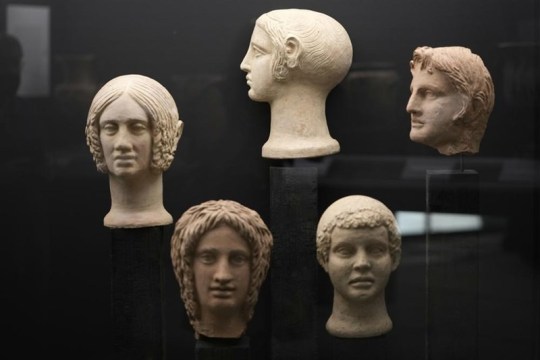
#A Trove of 750 Looted Artifacts Returned to Italy#British antiquities trader Robin Symes#stolen#looted#antiques#ancient artifacts#archeology#archeolgst#history#history news#ancient history#ancient culture#ancient civilizations#roman history#roman empire#roman artifacts#roman art
89 notes
·
View notes
Text
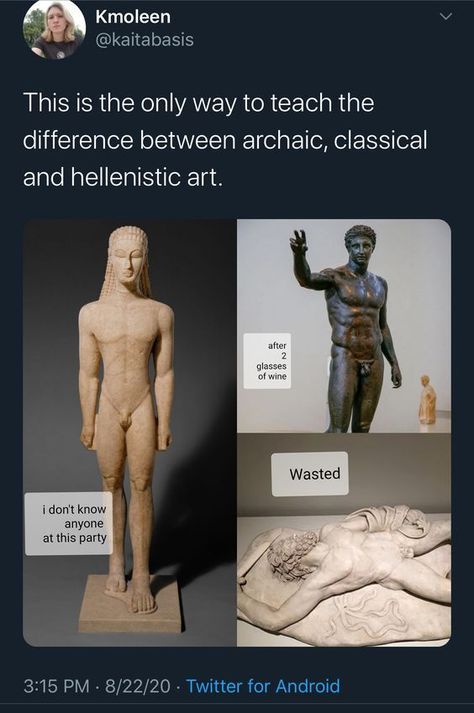
#help its so true#I like the one of the guy whose just like#balls out not problemo#I guess its a satyr but same difference#humor#shitpost#funny#help me god#jokes#pls help#insects#lol#hellenistic#roman artifacts#roman society & culture#ancient#greek Hellenism
3 notes
·
View notes
Text

Roman Gold-Plated Helmet (c. 4th century CE)
#porcelain suit#antique#Román#roman artifacts#artifacts#artifact#armor#ancient#ancient rome#rome#rome posting#helmet#ancient helmet#lord of the rings#lotd#history#historic fashion#historic mysteries#historic preservation#historic building#historic aesthetic#historical#fashion history#warrior#soldier#military#militaire
12 notes
·
View notes
Photo

Prince of the Julian-Claudian family, perhaps Drusus Minor, heir to the throne, who died prematurely in AD 23.
From the theatre of Taranto
Marble
C. AD 10
National Museum of Denmark, Department of Classical and Near Eastern Antiquities
#denmark#national museum of denmark#history#history museum#historyblr#museums#museum#history museums#drusus minor#julian-claudian dynasty#roman history#roman artifacts#roman statues#classical antiquities#classical world#classical artifacts#classical statues
3 notes
·
View notes
Text
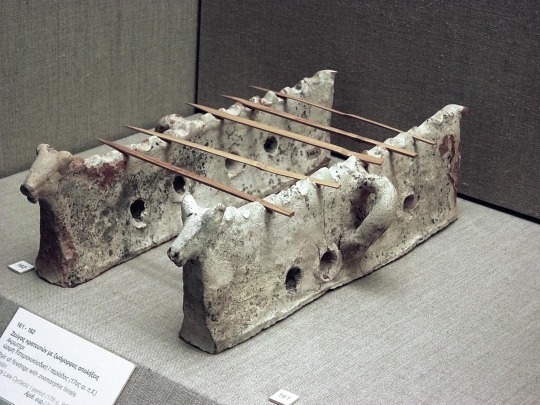
Stone cooking supports used to grill skewers of meat by Minoans on Santorini, circa 3600 years old. The line of holes in the base supplied coals with oxygen. Many consider modern "souvlaki" street kebabs a direct descendant of this portable food system. Museum of Prehistoric Thera, Greece. More: https://thetravelbible.com/museum-of-artifacts/
9K notes
·
View notes
Photo

Bronze hand used in the worship of Sabazios. Hands decorated with religious symbols were designed to stand in sanctuaries or, like this one, were attached to poles for processional use.
Date: Roman 1st–2nd century AD.
Collection: British Museum.
2K notes
·
View notes
Text
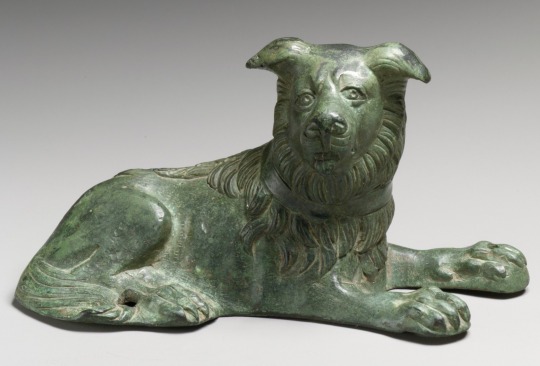
Bronze statuette of a dog
Roman
2nd-3rd century CE
#roman art#dogs#bronze#bronze statue#animals in art#ancient art#ancient people#ancient statue#statue aesthetic#aesthetic#beauty#ancient artifacts#artifacts#antiquities#beautiful animals#dogs of tumblr#cute dogs#modern art#art history#aesthetictumblr#tumblraesthetic#tumblrpic#tumblrpictures#tumblr art#tumblrstyle#artists on tumblr
1K notes
·
View notes
Text
A Roman doll with moveable joints and accessories was found in the sarcophagus of Crepereia Tryphaena, an unmarried 20-year-old woman. The sarcophagus is dated to the late 100s (2nd c. AD) making the ivory “Crepereia Doll” nearly two thousand years old.
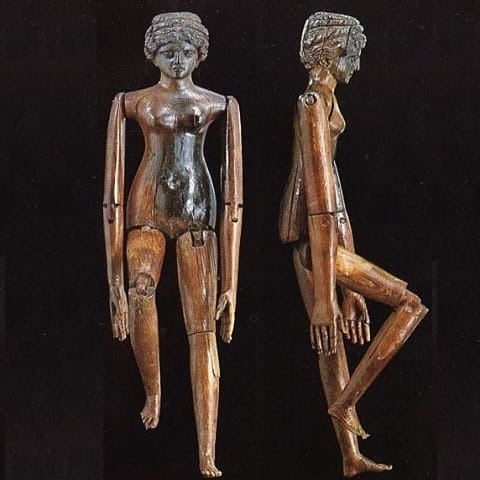
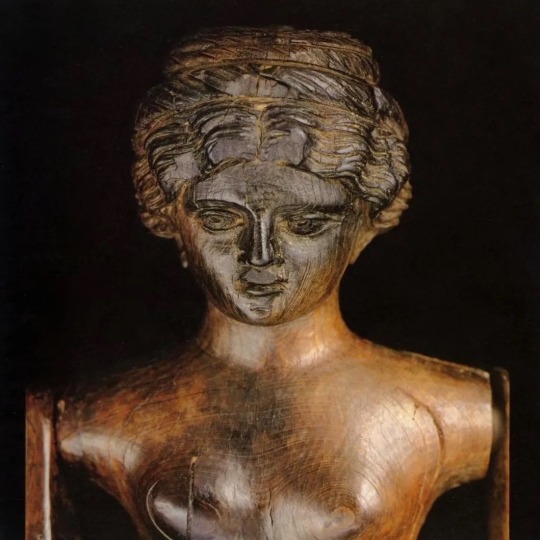
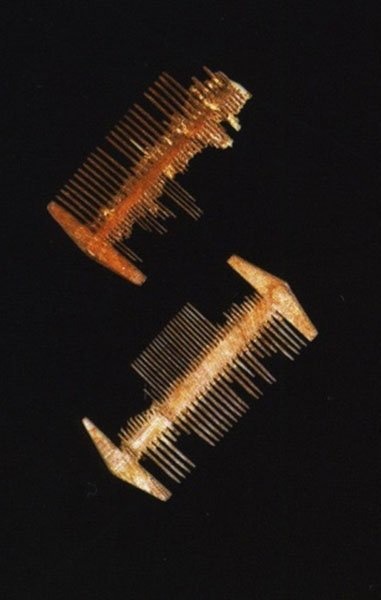
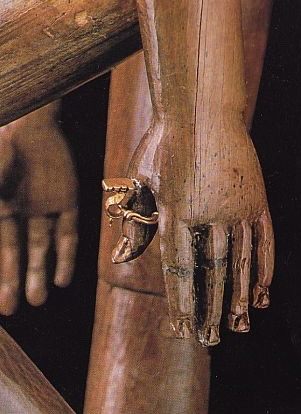

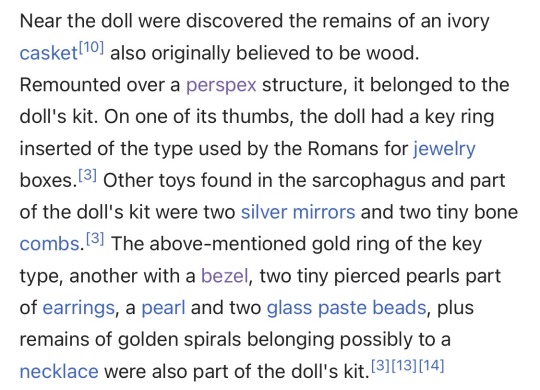


#its so beautiful#sculpture#rome#ancient rome#roman empire#history#classical history#classics#ancient history#dolls#barbie#barbie movie#fun facts#interesting#aesthetic#history aesthetic#archaeology#museum#artifacts#relics#antiques#womens history#interesting history#roman#roman art#roman sculpture#handmade#artisan#crafts#doll
5K notes
·
View notes
Text
A trove of treasures, including an Emperor Caracalla medallion, has been unearthed from rare Roman graves chanced upon by a farmer in Bulgaria. The highlight of the find? A rare bronze medallion of Emperor Caracalla, a treasure not just in financial value but in historical significance, found among exquisite jewelry, coins, and vessels dating back to the 3rd century.
23 notes
·
View notes
Text



Roman Glass Bowl
1st century B.C.
The J. Paul Getty Museum.
#Roman Glass Bowl#1st century B.C.#glass#ancient glass#ancient artifacts#archeology#archeolgst#history#history news#ancient history#ancient culture#ancient civilizations#ancient rome#roman history#roman empire#roman art#blue
2K notes
·
View notes
Text
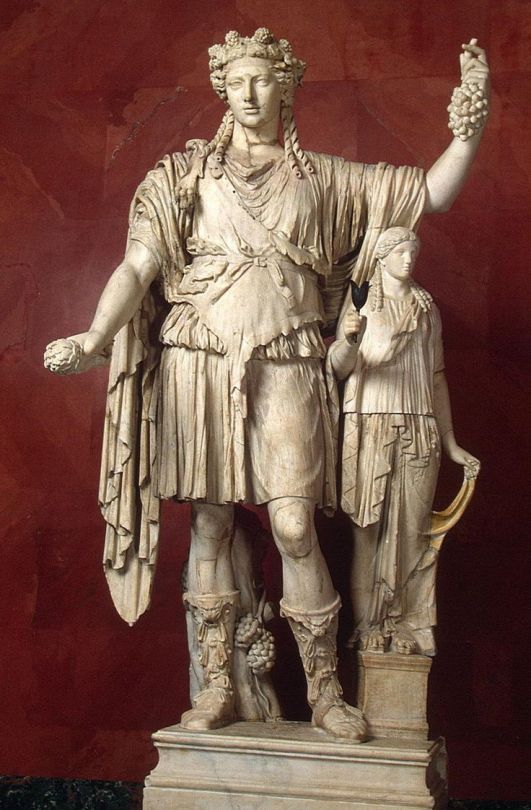
Roman marble statue of Dionysus (Bacchus), God of wine, patron of wine making.
Roman copy of a Greek original of late 4th century BC.
from The Collection of The Hermitage, St Petersburg
#roman art#dionysus#bacchus#marble statue#art history#ancient art#ancient artifacts#antiquities#antiquity#ancient rome#roman history#roman empire#roman republic#rome#greek art#greek mythology
428 notes
·
View notes
Text
Ancient Necklace with Mosaic Glass Beads, from the Eastern Mediterranean, c.100 BCE-100 CE: this necklace is composed of 30 glass beads, most of which are decorated with stylized faces

From the John Paul Getty Museum:
The beads are made of multi-colored opaque glass and are decorated with heads and floral designs. The necklace is in good condition; some beads are chipped or cracked.

The exact origin of this piece is unknown, but it can be traced back to the Eastern Mediterranean, where it was likely made by a Greek or Roman artist.
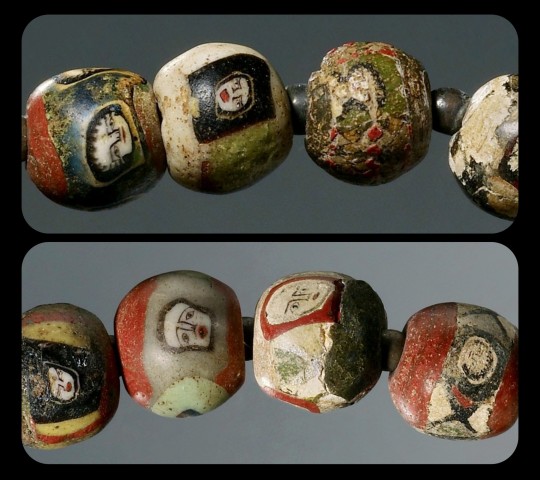
Each bead has a width of about 1.2cm (roughly half an inch); they're decorated with remarkably intricate details, and each face is depicted in its own unique style.

Sources & More Info:
John Paul Getty Museum: Necklace with Mosaic Glass Beads
#archaeology#artifact#history#ancient history#art#greek#roman#ancient art#antiquity#jewelry#beading#glass art#mosaic#crafting#greek art#roman art#eastern mediterranean#ancient#necklace#fashion#style#classical archaeology
255 notes
·
View notes
Text
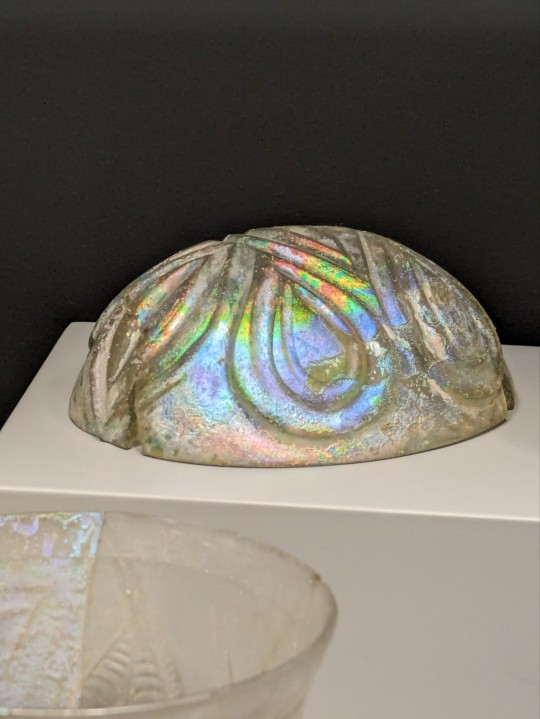

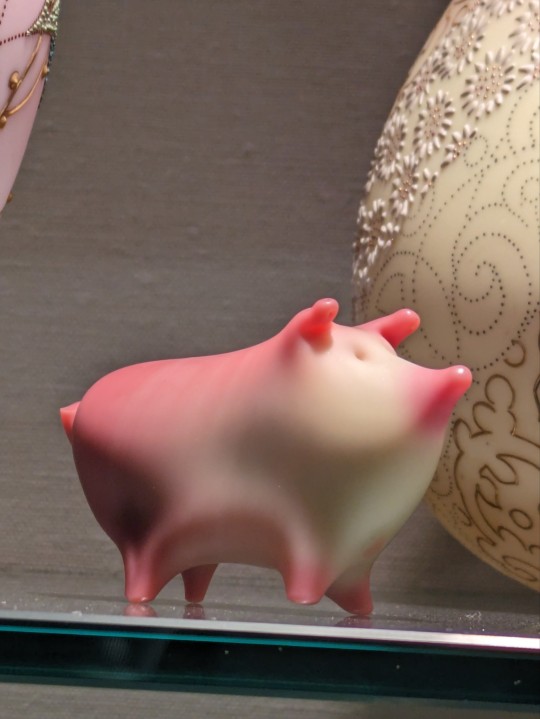
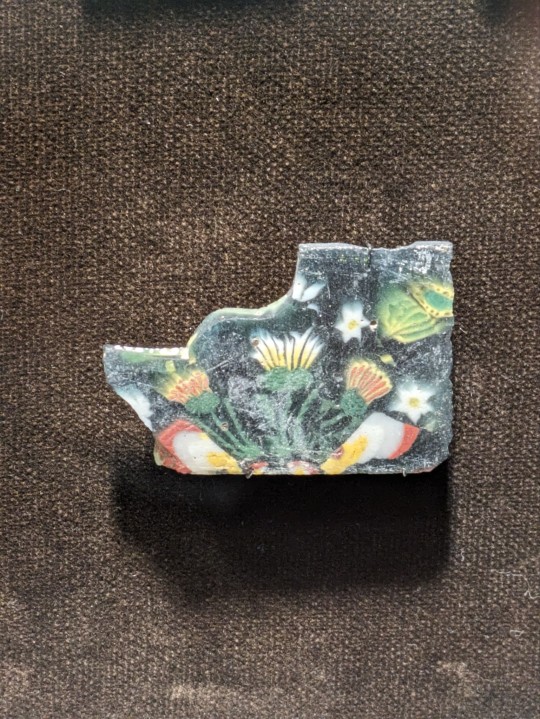

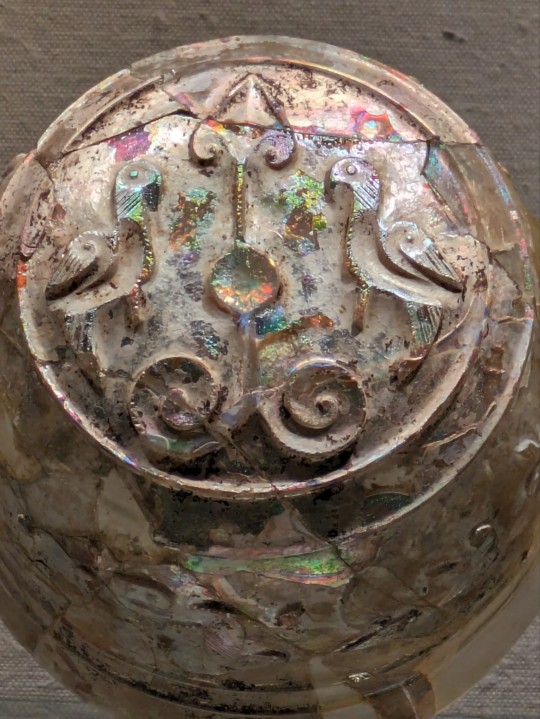
Favorite historical glass from the glass museum today 🍧🔮
#glass#glass art#artifacts#historical#history#museum#pig#mosaic#art#roman#ancient roman#german#me#mine#pictures#images#painted glass#iridescent#Byzantine
251 notes
·
View notes
